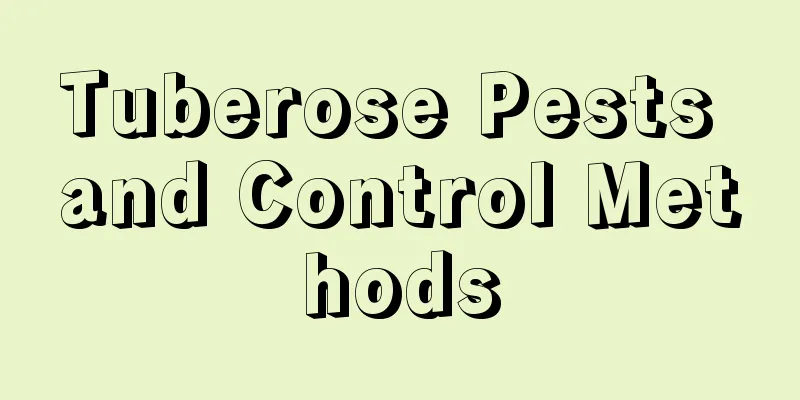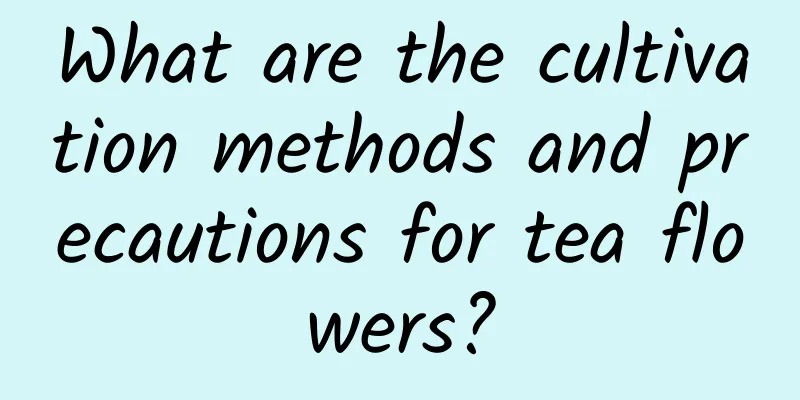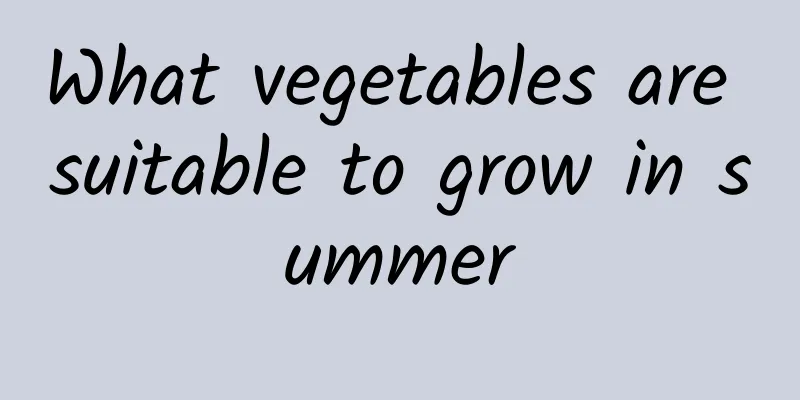Tuberose Pests and Control Methods

Pests of tuberose: root-knot nematodessymptomThe larvae of root-knot nematodes will attack the roots of tuberose, causing the plants to become stunted, short, and yellow. Prevention and treatment methodsWhen it occurs, you can irrigate the soil with 1500 times diluted 40% oxydemeton-methyl emulsion, and bury 3% furadan in the potting soil for prevention and control. Pests of tuberose: Yellow-breasted flower thripssymptomThis pest is more likely to occur in greenhouses, with more than ten generations occurring each year. When laying eggs, the female insect inserts the ovipositor into the epidermis of the petals or stamens and lays the eggs under the epidermis or half-exposed. The nymphs and adults hide in the flowers and cause damage. The adult nymphs gather on the flowers of tuberose to suck the sap, and the flowers will have grayish-white feeding marks and egg-laying marks after being damaged. When the disease is severe, the petals may curl up and not open smoothly. Prevention and treatment methodsClear weeds regularly to reduce the places where pests can live and reproduce. If pests are found during the growth period of tuberose, spray 4000 times diluted 2.5% cypermethrin emulsifiable concentrate or 4000 times diluted 50% malathion emulsifiable concentrate for prevention and control. Pay attention to spray the hiding places of thrips in the flowers. Pests of tuberose: Mole cricketsymptomIt is widely distributed in the northern region. It is an omnivorous pest that mainly feeds on the underground parts of plants. The adults and nymphs will bite the roots and tender stems of tuberose seedlings. At the same time, because the adults and nymphs move underground and dig tunnels, the roots of the tuberose are separated from the upper part, causing the seedlings to dry up and die. Prevention and treatment methodsMole crickets are highly phototactic and can be killed using light between 7 and 10 p.m. during their emergence period. Organic fertilizers such as manure and compost must be fully decomposed. You can also use 45 kg of 5% terbufos granules per hectare for soil poisoning, cover the soil and water it after application, or use 1000 times of 50% phoxim emulsifiable concentrate or 1000 times of 48% chlorpyrifos emulsifiable concentrate for irrigation. |
<<: Diseases and pests of June snow and their control methods
>>: Diseases and Pests of Daxuesu and Their Control
Recommend
How to graft wintersweet (picture), what rootstock to use?
1. Grafting method 1. Grafting: Grafting should b...
How to grow sea daffodils
1. Maintenance conditions 1. Soil: The soil requi...
Cactus cultivation methods and precautions
1. Soil Cactus is not very strict about the soil,...
Honeysuckle planting methods and precautions
Honeysuckle is easily attacked by diseases and pe...
How to grow king coconut
1. Soil King coconut has strong adaptability and ...
Homemade fertilizer for growing flowers
1. Melon seed shell fertilizer You can collect so...
When does Phalaenopsis flower stem grow?
1. When does the foil grow? It usually grows a fl...
Is it easy to grow a potted banyan tree? How to grow a bonsai banyan tree well at home?
Banyan trees are highly adaptable and have strong...
How many kilograms of grapes are normally produced per acre?
When planting grapes , you must pay attention to ...
What is Adenophora scabra and how to grow it
1. What is Adenophora is a perennial herb that ca...
Does Gardenia shed its leaves in winter? Gardenia pictures
1. Do gardenias shed their leaves in winter? Gard...
What are the techniques for growing peanuts to achieve high yields?
Peanuts are a popular food that can be eaten not ...
What's wrong with the leaves of Clivia becoming soft? Can the leaves be cut off if they become soft and drooping?
1. Why are the leaves of Clivia becoming soft? In...
If you don’t take care of these 3 kinds of flowers in spring, their leaves will turn yellow, their roots will rot, and they will die immediately!
Ficus microcarpa What should I do if rust spots a...
How to Propagate Clivia
1. Seed Harvesting First, seeds must be collected...









